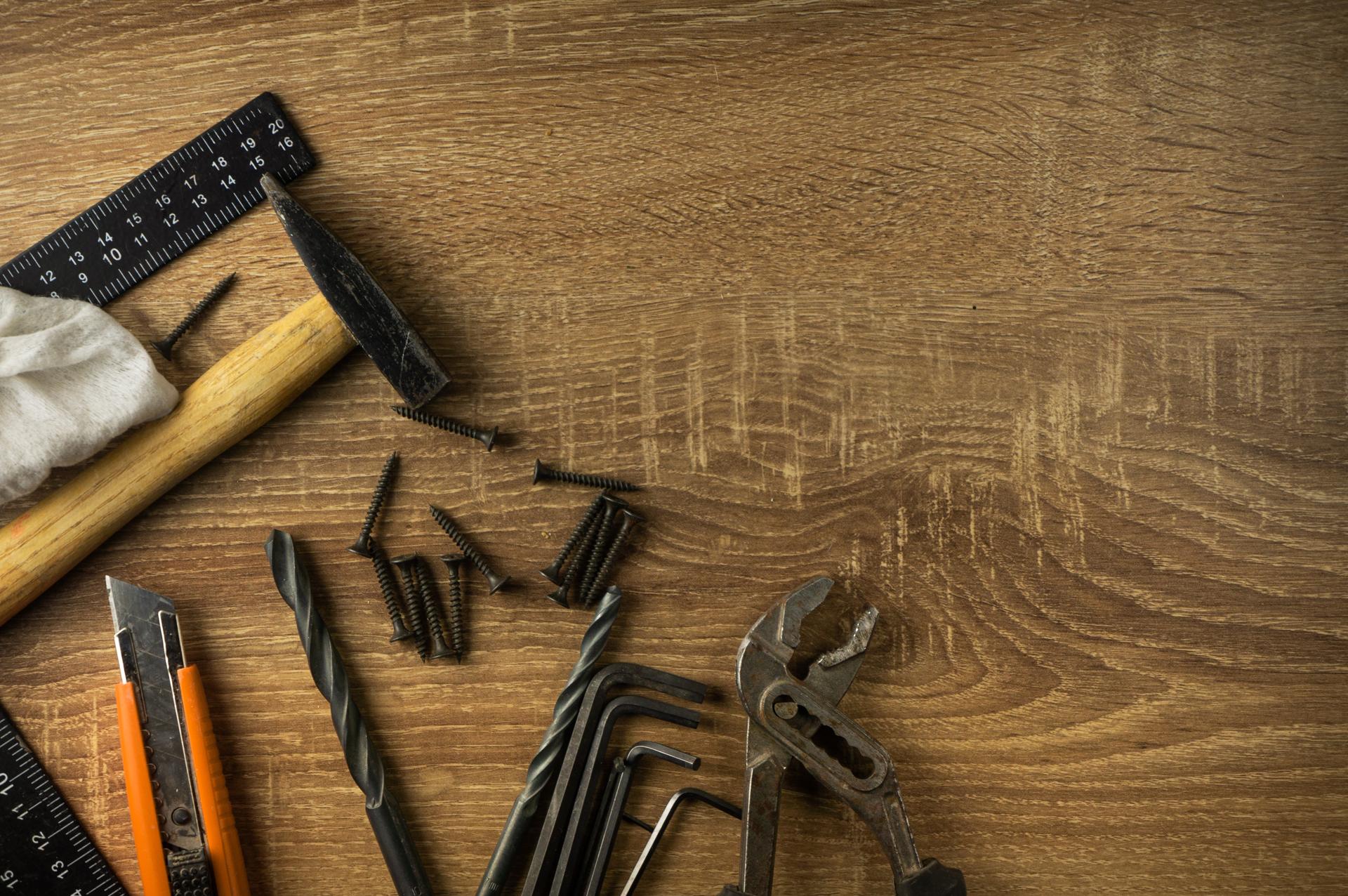Ways to Tackle Basic Plumbing Problems at Home: A Do-it-yourself Guide

They are an essential part of every household. Without proper maintenance they could become an issue for many, leading to inconvenience and expensive repairs.
There are numerous advantages to learning to fix small plumbing problems yourself, such as saving money and developing valuable abilities. The following article we will cover common plumbing problems and DIY techniques to fix them.
Common Plumbing Issues
Dripping Faucets
Dripping faucets are not only irritating, they also consume a substantial quantity of water in time. The most typical cause of leaky faucets is a damaged washer or O-ring. To resolve this issue, turn off the water supply to the faucet, take out the handle, and then replace the damaged washer or O-ring.
Running Toilets
A running toilet is another frequent plumbing problem that could result in a significant loss of water. The most common cause is a faulty flapper valve that’s not sealing correctly, allowing water to escape from the tank and into the bowl. To correct this problem shut off your water source to the toilet. open the lid from the tank, and change or adjust your flapper valve.
Clogged Drains
Drains that are clogged can be caused by many things like soap, hair, or food particles. To get rid of this problem, you can try using a plunger or a drain snake to get rid of the clog. Alternatively, you can make a paste of baking soda and vinegar to break up the blockage.
Low Water Pressure
Low pressure water in the pipes could be due to a variety of reasons, such as the buildup of minerals in pipes or a defective pressure regulator. To fix this issue try cleaning the aerator and replacing the pressure regulator.
Tools required for DIY plumbing
To carry out DIY plumbing, you’ll require a few tools, such as an adjustable wrench, a plunger pipe wrench Teflon tape and the screwdriver. With these tools in your arsenal, it can make it much easier to fix minor plumbing issues.
Safety Tips for DIY Plumbing
Safety should always be the top priority whenever you are performing any plumbing repair DIY. Some tips for safety to keep in mind include shutting off the water source prior to starting any repairs, wearing gloves and safety glasses and having a first aid kit nearby in case emergency situations.
DIY Plumbing Techniques
To fix common plumbing issues for common plumbing issues, you’ll need to know a few DIY plumbing methods, such as how to shut off the water supply and how to fix a leaky faucet and how to fix a running toilet, how to unclog the drain, and how to boost the pressure of water. These tips can help you save time and money on minor plumbing repairs.
Conclusion
In conclusion, learning how to repair minor plumbing problems yourself can be beneficial in many ways. Not only will it cost you less money, but it could also give you a sense of accomplishment and valuable skills. For more serious plumbing problems, it’s recommended to contact a professional plumber.
FAQ
Can I fix a plumbing problem myself?
Yes, you can repair minor plumbing issues yourself by learning basic DIY plumbing techniques.
Are there any common plumbing problems?
The most frequent plumbing issues are dripping water from faucets, blockages in drains, as well as low water pressure.
What tools do I require for DIY plumbing?
There are a few important tools, such as a plunger, adjustable wrench, pipe wrench, Teflon tape, and the screwdriver.
Is DIY plumbing safe?
DIY plumbing is safe if you follow the safety guidelines and take appropriate steps.
What is the best time to call for a licensed plumber?
It is recommended to contact a professional plumber to address plumbing issues that require specialized equipment and experience.
